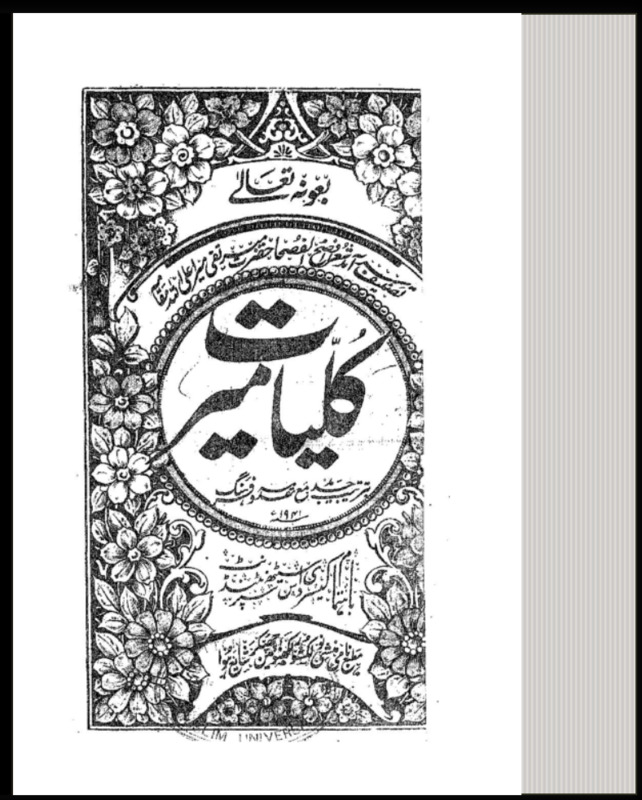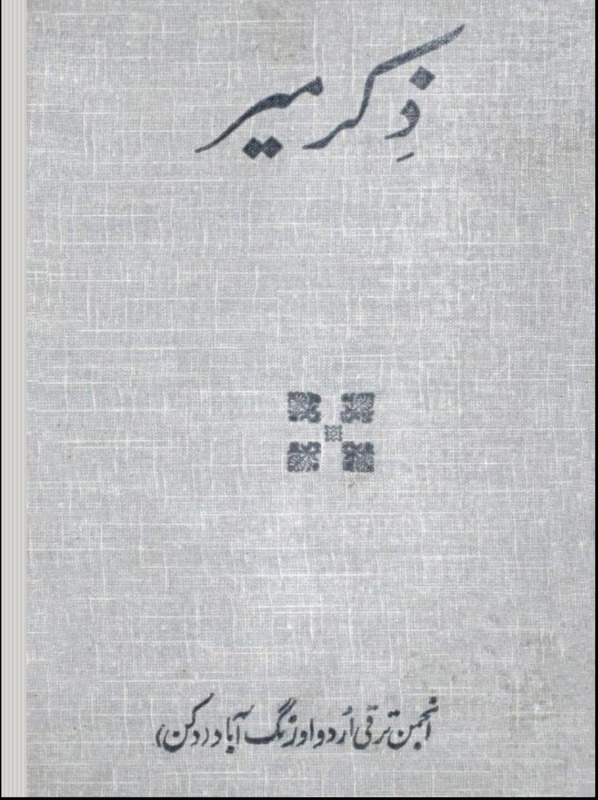Part One: The Beloved’s Turning Away
The Mughal Empire of the 18th century was at the precipice of great change. The Emperor Augranzeb had brought the entire subcontinent under a single standardizing rule, attempting to reinforce a stronger islamic law and system of morals and suppress dissent. The empire had reached its broadest extent and was at the height of its glory, but it was also deeply overextended, and in the aftermath of the emperors death, the dynastic squabbles and sporadic rebellions he had spent his life suppressing began to tear the empire apart as power in the centre slowly decayed, and local administrators looked more to their coffers than the throne. Beneath the grand politicking which often occupies histories of this era, there was another transition occuring in the arts of the Empire. The Empire was previously known as a great centre of caligraphy, the most holy of arts, by which the word of God itself was expressed. However with the death of the emperor who brought its patronage to a height, no new caligraphic styles would come forth. The heritage of the Indian Islam would be carried into the 18th century by the same heritics and mystics Augranzeb had conquered in the Deccan pleateau, who reinvigorated the poetic genre with the introduction of the Ghazal form. Language too would change, as the weakened emperors could no longer patronize their beloved Persian, the expanding poetic class began to write in Rekhta (scattered), the bastardized persian-hindi of Delhi, precursor to modern Urdu. The Ghazal is traditionally referred to as a love poem, but that obscures its true depth as an integration of Sufi concepts and traditional Persian and Deccan poetic modes. The love referred to was always inherently doomed, as befitted its inherent ambiguity. The Ghazal threaded the line between the sufi concepts of ishq-e haqiqi (the truest love, love with God) and ishq -e majazi (love with this world) in one couplet. Scenes of shakespearean debauchery, in which a lover is driven mad by their cruel lover, a flower gatherer who despoils the garden, a tyrant who ruins their subject underfoot, a beautiful rose whose thorns tears the fingers, are imbued with aspects of the sublime. The increase in the forms complexity perhaps lead to detachment from the real world (An apocryphal story of the great poet Mir Taqi Mir had him gesture to his poems upon being informed of a beautiful garden outside his window, remarked "I’m so absorbed in attending to this garden, I’m not even aware of that one"). This only made the shock these aristocratic poets must have experienced at the sack of Delhi, the humiliation of what had seemed the most splendorous city in the world. The emperor of the time, Muhummad Shah, had instructed court historians to make no record, so the only record we have of the famine and depredations that befell Delhiites in the aftermath of the sacks comes from the responses of the poets: the ashobiya shir and the shahr ashob. The ghazal in ashobiya shir developed a new set of metaphors to refer to the city, the heart broken and the garden defiled. The shahr ashob shed the metaphor, drawing from the language of persian travelogues and abbasid mournings, and turned the rhyming format in the ghazal to the purpose of evocative description of personal and societal misfortune. Through these two genres, the format that came of age at the zenith of the High Mughal period would begin its transition from an aristocratic hobby to the alphabet by which cosmopolitan Muslim society would describe its misfortunes, and eventually its very identity.


